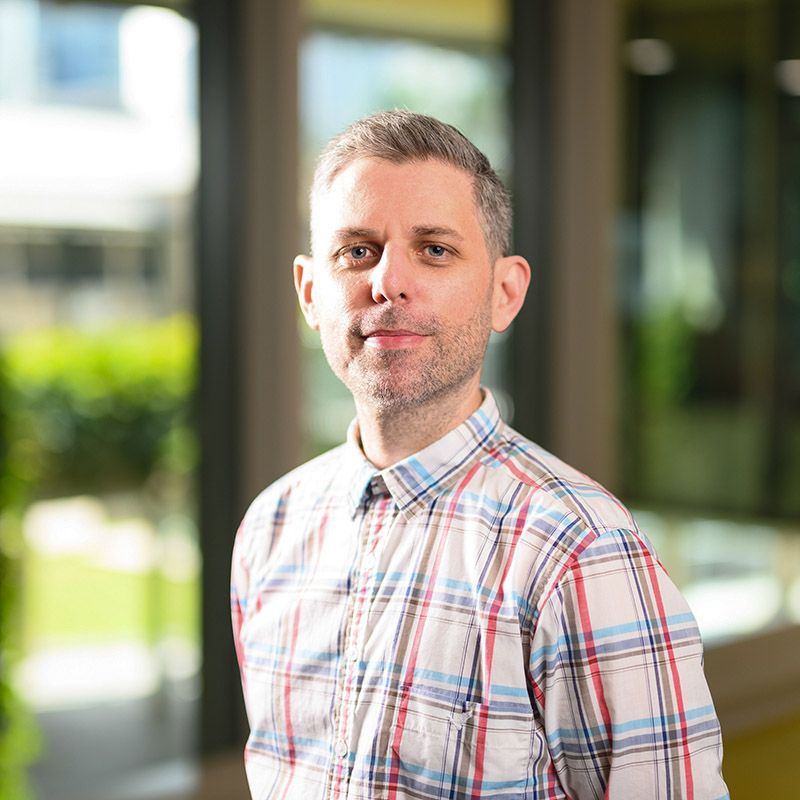Study Level
HonoursSupervisors
 |
| Dr Michael Cowley |
Overview
While present-day or more “local” galaxies are organised into a well-defined sequence, their complexity increases with redshift. Given that distant galaxies are likely causally linked with their local counterparts, astronomers are keen to analyse their physical properties to better understand the formation and evolution of galaxies through cosmic time. However, given the extreme distances, a key challenge is detecting these galaxies in the first place.
The Lyman break “dropout” is an astrophysical technique used to detect distant galaxies and quasars. The technique relies on a drop in the continuum flux from a galaxy at the 912Å Lyman limit, which results from light shorter than 912Å being absorbed by hydrogen gas both in the galaxy and along our line of sight. Traditionally, the technique has been used to identify distant galaxies at a redshift of z ~ 3, which corresponds to a period when the universe was only ~2 billion years old. In this work, you will use infrared data from the FourStar Galaxy Evolution Survey to probe further back through cosmic time to locate and analyse distant galaxies at z ~ 4 – 6.
Research activities
As part of this research project, you will:
- use spectral energy distribution fitting code to test the reliability of the Lyman break dropout technique
- identify a population of high-redshift galaxies using the dropout technique
- measure the star formation rates, stellar mass, and other physical properties of your sample
- contrast the properties your high-redshift sample with low-redshift galaxies.
Outcomes
In addition to testing the reliability of the Lyman break dropout technique, you will produce robust measurements of the physical properties of a sample of galaxies from early in the universe’s history.
Skills and experience
The analysis and interpretation of the data will involve custom-designed data processing. Therefore, familiarity with a programming language, such as Python or IDL, is desirable.
Apply
Contact supervisors for more information